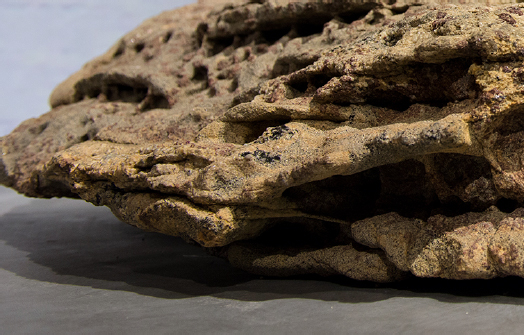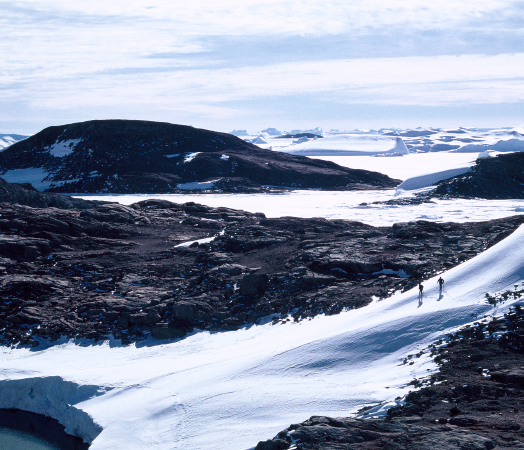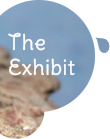The Story of the Stone

One of the flagship exhibits at the Jockey Club Museum of Climate Change, now celebrating its first anniversary at the Chinese University of Hong Kong, is a stone. But not just any stone.
Dr Rebecca Lee, who has travelled to both the South Pole and the North Pole and scaled Everest and is one of the driving forces behind the museum, calls it the “wind-chime stone.” When the wind blows through the holes of the stone, it sounds like the wind has the tinkling lilt of a chime.
It is a garnet gneiss brought all the way from Antarctica. A metamorphic rock, it was formed at depths of around 20 kilometres below the earth’s surface, where temperatures can hit 700 degrees centigrade.
The rock formation is incredibly heavy, honed by a combination of minerals: garnet, feldspar and quartz. Garnet crystals, popular in the jewellery industry, dominates, hence the name.

Tectonic shifts in the earth’s makeup brought it to the surface. Over the years, it was buffeted by both wind and water, which has given it a honeycomb appearance. Gneiss stones often have bands of waves, formed by sheets of different layers that have been forged together under pressure.
The stone was collected at the Zhongshan Station, named after Sun Zhongshan, or Sun Yat-sen in Cantonese. The station, set up in 1989, is in the Larsemann Hills of Princess Elizabeth Land, in eastern Antarctica. The Polar Research Institute of China donated the stone. The institute conducts scientific research as well as operating China’s three Antarctic facilities, including the Great Wall Station, set up in 1985, and the inland Kunlun Station, established in 2009.
“It is worthwhile to bring it back,” Lee says. “Not many people from Hong Kong can say they have seen a rock from Antarctica.”
by Alex Frew McMillan






